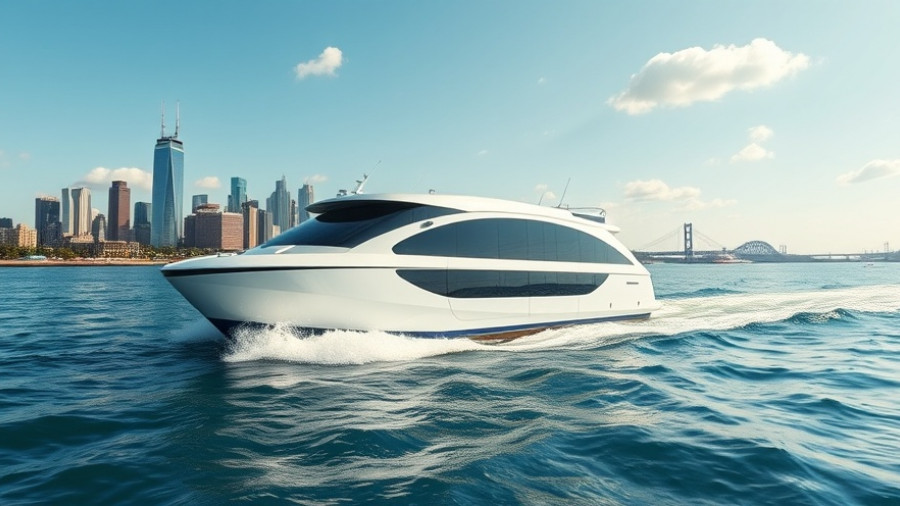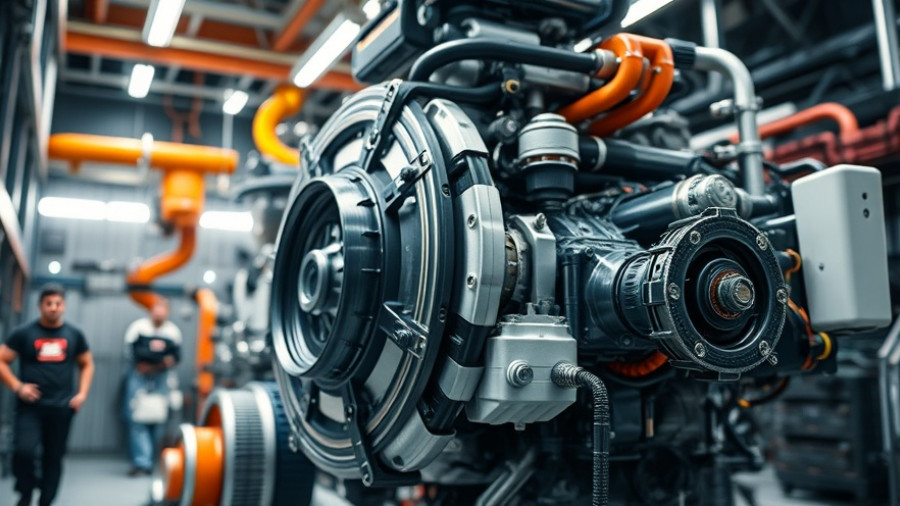
Canada's Strategic Move in the Submarine Market
The Government of Canada has officially announced the selection of Thyssen Krupp Marine Systems (TKMS) from Germany and Hanwha Ocean from South Korea as qualified suppliers for the Canadian Patrol Submarine Project (CPSP). This vital decision signals a major step in Canada’s commitment to enhance its naval defense capabilities, ultimately aiming to procure up to 12 conventionally-powered submarines.
Understanding the Canadian Patrol Submarine Project (CPSP)
The CPSP is designed to modernize Canada’s under-ice submarine fleet, a strategic necessity given the changing dynamics of global defense needs. The project underscores the importance of having an effective naval force capable of operating in harsh maritime environments, particularly under the Arctic ice. This initiative not only focuses on acquiring submarines but also emphasizes developing partnerships with Canadian industries, ensuring economic benefits throughout the fleet's lifecycle.
Industry Engagement: Insights from the RFI
The government’s approach included a Request for Information (RFI) process, released last September, which generated 25 responses from various global suppliers. This engagement was crucial for gathering insights on effective delivery timelines while aligning with domestic capabilities. The responses revealed that many companies are eager to collaborate with Canadian industries, enhancing in-service support and training necessary for operating advanced submarine technologies.
Employment Opportunities and Economic Impact
As Canada moves forward with the CPSP, one of its primary objectives is creating high-paying jobs domestically. The government’s commitment to partner with local industries like Seaspan Shipyards means that this initiative could result in thousands of jobs in shipbuilding and associated sectors. Seaspan, already engaged with the Royal Canadian Navy (RCN), aims to play a pivotal role in ensuring that new submarines can seamlessly integrate into Canada’s existing naval structure.
Seaspan's Readiness for Future Challenges
Seaspan Shipyards welcomes the announcement of TKMS and Hanwha Ocean's qualification, highlighting its experience in maintaining and supporting the RCN's current fleet for over 15 years. The company’s existing infrastructure, skilled workforce, and established relationships with naval maintenance facilities position it as a key player in ensuring that the new submarines meet operational readiness requirements from day one.
What Lies Ahead: In-Depth Engagements with Suppliers
Looking ahead, detailed engagements with TKMS and Hanwha Ocean will take place to discuss the next steps in the procurement process. These discussions will focus on design requirements, construction timelines, and in-service support strategies that align with Canada’s defense priorities. The significance of establishing early partnerships with submarine builders cannot be overstated, as it can amplify the Canadian submarine industry's capabilities and ensure comprehensive training programs for newly recruited personnel.
Challenges on the Horizon
While the CPSP aims to strengthen Canada’s defense posture, significant challenges lie ahead. The transition from older vessels to new submarines involves not only technical adaptation but also funding considerations, supply chain logistics, and project timelines. Additionally, ensuring that all parties are fully aligned on operational objectives remains a vital focus area to avoid potential delays.
Conclusion: Canada’s Path to a Modern Submarine Force
Canada’s selection of TKMS and Hanwha Ocean as CPSP qualifiers marks a decisive step toward revitalizing the country’s submarine capabilities. By fostering local partnerships and investing in domestic industry, Canada aims to not only improve its national defense posture but also secure economic growth through job creation. As these developments unfold, the future of Canada’s naval defense strategy appears promising, poised to bolster its sovereignty and security in an increasingly complex global landscape.
 Add Row
Add Row  Add
Add 




Write A Comment